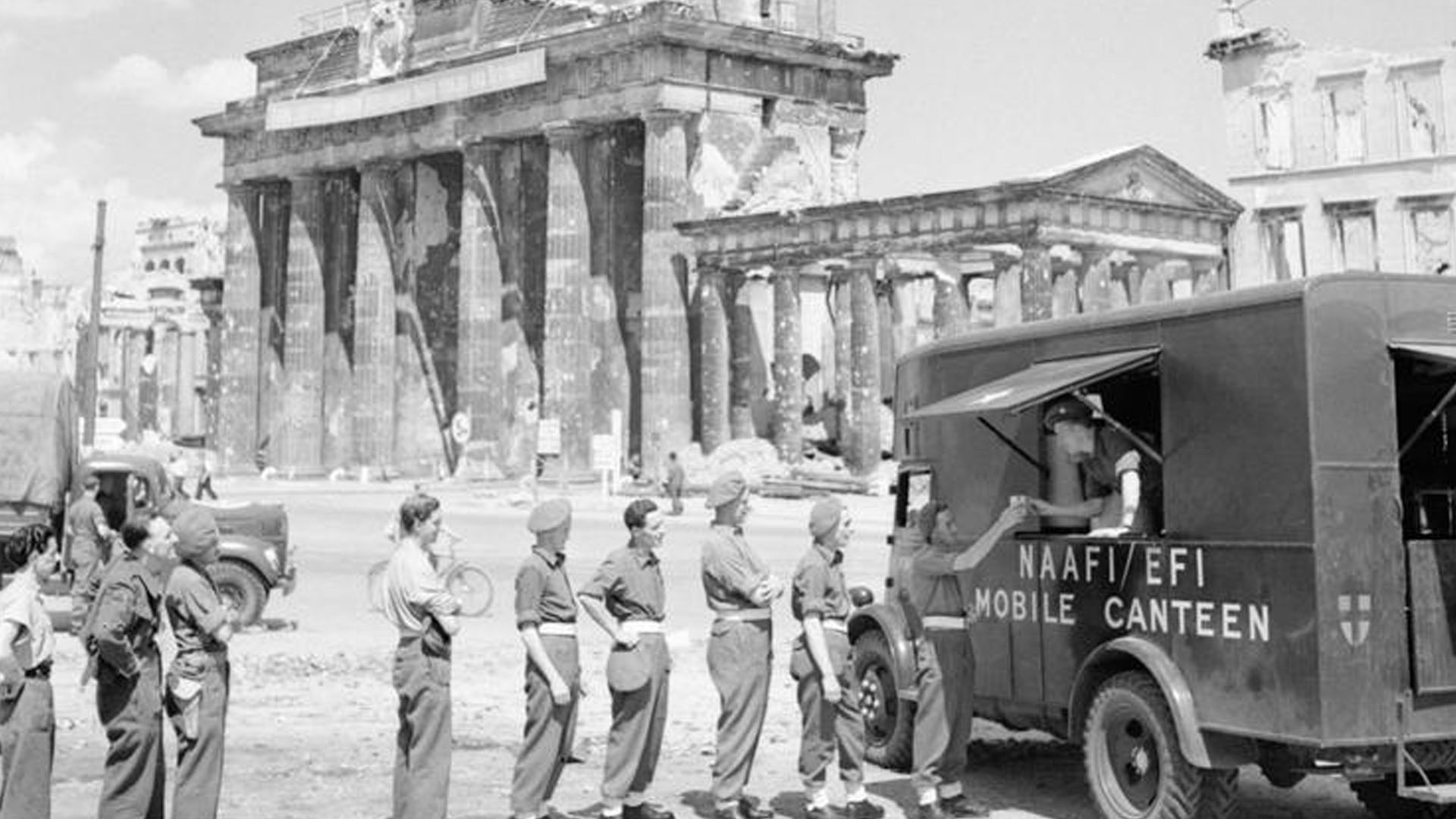The Brandenburg Gate is one of the most famous landmarks in Berlin, Germany. The neoclassical monument stands on what was once a city gate on the road from Berlin to the town of Brandenburg an der Havel. It has often been the backdrop to major historical events and now represents both German and European unity and peace.
The gate stands on the western side of Pariser Platz on the junction of Unter den Linden and Ebertstrasse. In its original role, it was the main entrance to Under den Linden, which led to the palace of the Prussian monarchs.
Designed by Carl Gotthard Langhans, construction began in 1788 and finished in 1791. Prussian King William II ordered the building of the gate after a temporary truce during the Batavian Revolution.
Twelve Doric columns make up the gateway. In the 1800s, citizens of Berlin were only permitted to use the outermost passageways. A Quadriga sculpture of a chariot drawn by four horses by Johann Gottfriend Schadow stands on top of the gate. The goddess piloting the chariot is Victory. The design borrows from the Propylaea, the gateway to the Acropolis in Athens, Greece.
Brandenburg Gate in 1945

Imperial War Museum Photo: BU 8974 (Part of the War Office Second World War Official Collection). British soldiers queue for tea at NAFFI Mobile Canteen No.750 beside the Brandenburg Gate, Berlin. This van was the first mobile NAFFI to operate in Berlin. Photo taken by Sergeant CH Hewitt - No. 5 Army Film and Photographic Unit.
Upon seizing power, Adolf Hitler’s Nazi party used the gate as a party symbol. On 30th January 1933, the party staged a torchlit procession through the gate to celebrate Hitler’s seizure of government. Unlike today, when it symbolises unity, for many years during Nazi occupation and during the cold war, the Brandenburg Gate represented division.
Along with the nearby Academy of Arts building, the Brandenburg Gate was one of the only structures standing in Pariser Platz after 1945. It suffered from bullet holes and shrapnel damage as Soviet troops fought the German army in the Battle of Berlin. A head from one of the original horses atop the gate survived the war and is in the collection of the Maerkisches Museum.
Many world leaders have made use of the powerful Brandenburg Gate. After the war, the Soviet flag flew until 1957 when East Germany replaced it with its own banner. From Napoleonic victory parades, to the famous interchanges between Regan and Gorbachov, the Berlin landmark has seen its share of historic moments. Today, Pariser Platz is a peaceful cobblestone pedestrian zone where people from across the road come to marvel at one of Europe’s leading landmarks.


